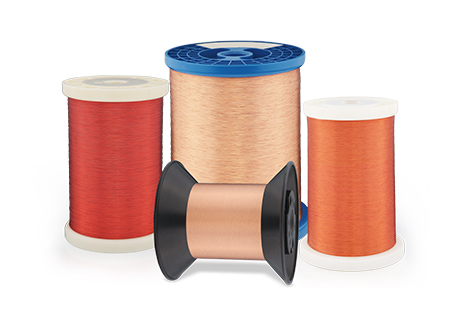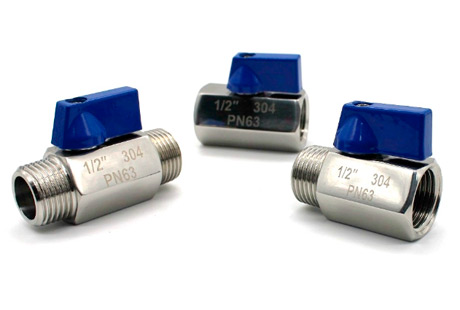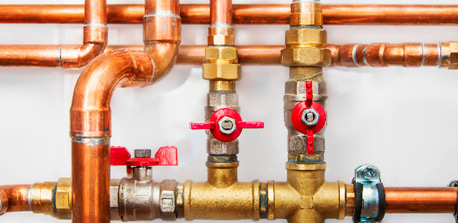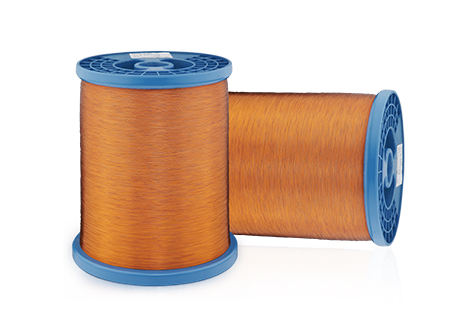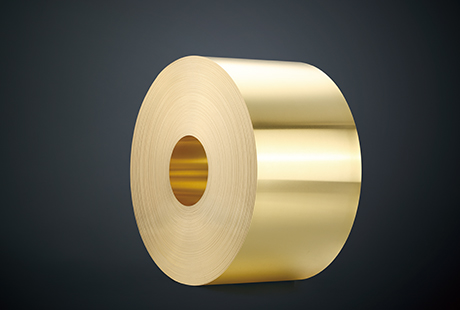When it comes to ensuring the efficient and reliable functionality of plumbing systems, the quality and proper installation of valves play a crucial role. Among the various valve options available in the market, brass float ball valves have gained widespread popularity for their durability and efficient control of fluid flow. In this blog, we will provide you with a comprehensive guide on the installation and assembly guidelines for brass float ball valves to ensure a seamless experience.
Understanding Brass Float Ball Valves
Before we dive into the installation process, it's important to have a clear understanding of what brass float ball valve is and how it functions. These valves are designed to control the flow of fluids, typically water, in plumbing systems. These valves consist of a brass housing, a float ball, and a lever arm. The position of the float ball determines the opening and closing of the valve, regulating the flow of water. Brass float ball valves are known for their robustness, resistance to corrosion, and suitability for various applications.
Tools and Equipment Required for Installation
To ensure a successful installation, it is essential to gather the necessary tools and equipment. Here are some commonly required items:
Installation Guide
Shut off the water supply: Before beginning the installation process, turn off the main water supply to prevent any potential leaks or accidents.
Drain the system: Open the faucets and drain the system completely to avoid any residual water causing additional problems during installation.
Identify the appropriate location: Determine the ideal spot for the brass float ball valve installation. Ensure accessibility, proximity to the water source, and consider any specific requirements based on your plumbing system.
Prepare the pipes: Cut the existing pipe using a pipe cutter or hacksaw to create two clean and level ends for the valve to be installed. Use a deburring tool to remove any rough edges.
Apply thread seal tape: Wrap the threaded ends of the pipes with thread seal tape to ensure a tight seal and prevent leakage.
Install the valve: Insert the valve between the two prepared pipe ends and tighten using an adjustable wrench. Ensure each side is properly aligned and tightened to avoid leaks.
Connect additional fittings: Depending on your system requirements, you may need to add additional fittings such as elbows or reducers. Follow the manufacturer's instructions to properly install these fittings.
Useful Tips for Assembly and Maintenance
Regularly check for leaks: After installation, closely examine the valve and surrounding connections to ensure there are no signs of leakage. If any leaks are found, promptly repair or replace the components.
Inspect the float ball: Periodically inspect the float ball for any signs of wear or damage. If necessary, clean or replace it to maintain optimal performance.
Lubricate moving parts: Apply a small amount of lubricant to the lever arm and other moving parts to enhance smooth operation and prevent friction-related issues.
Understand the valve's pressure and temperature limits: It is crucial to operate the valve within its specified pressure and temperature limits. Exceeding these limits can lead to valve failure and potential damage to the system.
With the proper installation and maintenance of brass float ball valves, you can ensure the reliable performance of your plumbing system while enjoying the benefits of their durability and efficient fluid flow control. By following the step-by-step guidelines outlined in this blog, you can install and assemble these valves with ease and confidence. Don't forget to regularly inspect and maintain your valves to prolong their lifespan and maximize their functionality.

 English
English 日本語
日本語 한국어
한국어 français
français Deutsch
Deutsch Español
Español italiano
italiano العربية
العربية tiếng việt
tiếng việt Türkçe
Türkçe ไทย
ไทย 中文
中文
